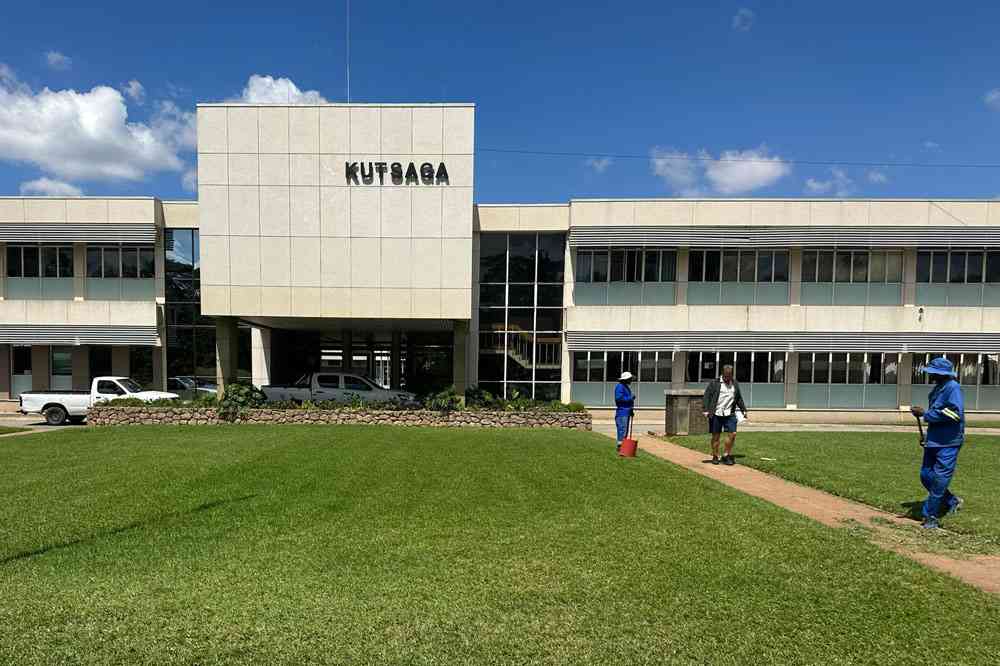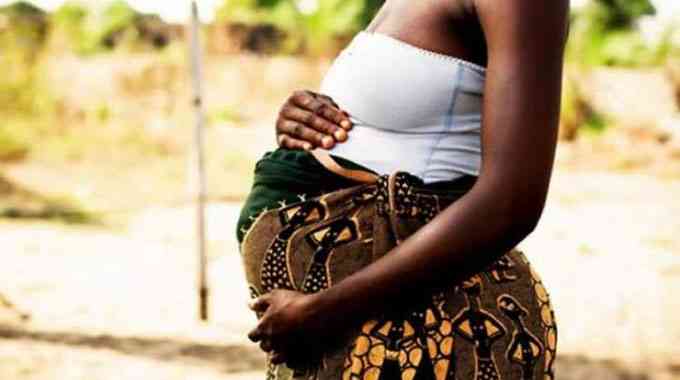
KUTSAGA Research Station produced more than 3,8 million disease-free plantlets between 2021 and 2024 through its state-of-the-art tissue culture laboratory, in a major boost to Zimbabwe’s drive for agricultural transformation, food security and import substitution.
According to latest figures, the lab propagated 2 778 806 Irish potato plantlets, 975 109 sweet potato plantlets and 93 925 plantlets from other crops such as avocados, bananas, strawberries, pineapples and ornamentals.
Kutsaga chief executive office Frank Magama said tissue culture was proving to be a game-changer in the country’s push for climate-resilient, high-yield agriculture.
“We are witnessing a biotechnology revolution,” he said.
“Tissue culture allows us to produce clean, uniform and high-quality planting materials at scale.
“This translates to better yields, reduced risk and improved livelihoods for our farmers.”
The facility, the largest of its kind in Zimbabwe, is central to the country’s strategy to reduce reliance on imported planting material.
Its establishment began in 2000, initially focusing on crops such as Zanthedesia, Kangaroo Paw and bananas.
- Mavhunga puts DeMbare into Chibuku quarterfinals
- Bulls to charge into Zimbabwe gold stocks
- Ndiraya concerned as goals dry up
- Letters: How solar power is transforming African farms
Keep Reading
In 2012, the Agriculture, Fisheries, Water and Rural Development ministry designated Irish potatoes as a strategic crop, prompting the expansion of Kutsaga’s laboratory operations.
A US$1 million facility was constructed between 2016 and 2018, coming into full operation the same year with a team of specialists, including laboratory assistants, tissue culture processors and greenhouse staff.
Magama said the demand for virus-free and certified planting material had grown steadily, not only for staple crops, but also for high-value horticultural exports.
“The expansion was gradual but deliberate,” he said.
“We are now producing planting material for a broad range of crops, including sweet potatoes, berries, ginger, turmeric, proteas and succulents.
“This diversification is critical for both food security and economic resilience.”
The facility operates in partnership with the of Agriculture ministry under the Horticulture Recovery Plan and aligns with key national frameworks such as the National Development Strategy 1, which promotes modern agricultural practices and biotechnology.
Magama said the lab’s efforts were directly contributing to the national development agenda.
“Our work supports Zimbabwe’s Vision 2030,” Magama said.
“Tissue culture is not just a scientific method. It is a strategic tool for achieving productivity, food security and economic growth.
“We are equipping farmers with the tools to thrive in a changing climate and a competitive market.”
As Zimbabwe works towards achieving upper-middle-income status under Vision 2030, continued investment in tissue culture and other biotechnology solutions will be key.










